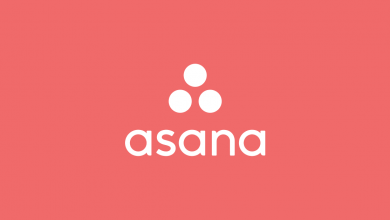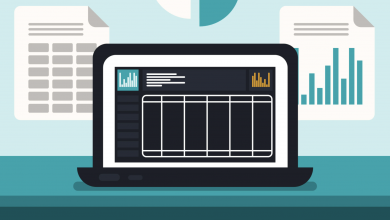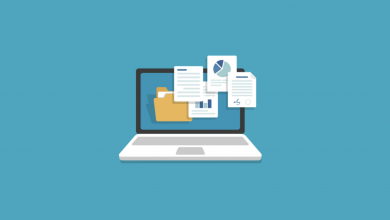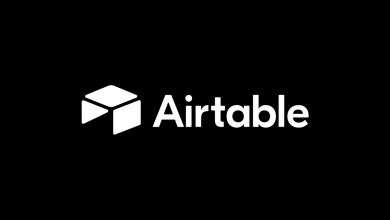What Is Airtable, and How Much Does It Cost?
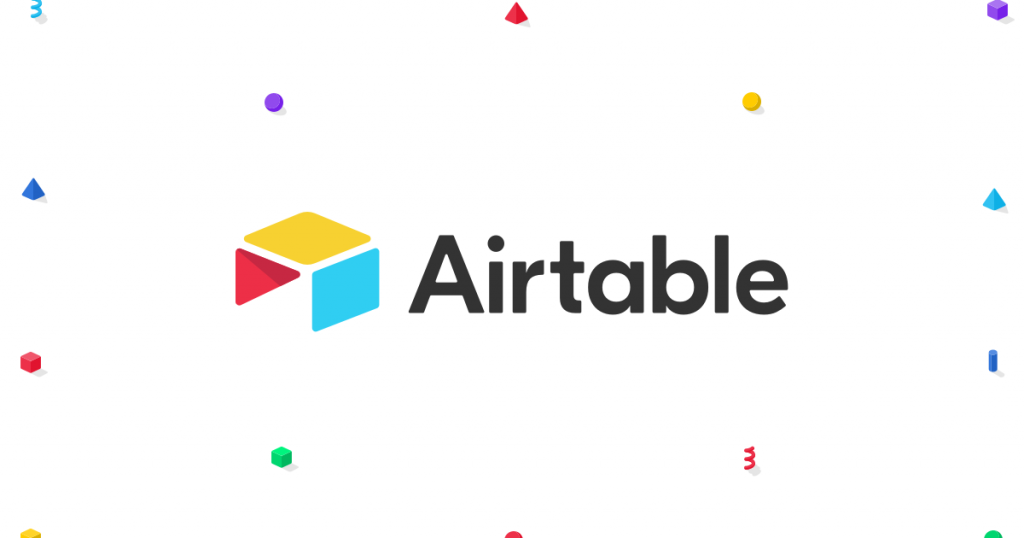
Airtable is a workflow software that takes a traditional spreadsheet and fuses it with the features we’ve come to know and love from a database, offering a suite of visualizations and automation features that makes it easier to consume and serve the data it holds. It also has a diverse selection of integrations, which can take the database and turn it into custom application with the click of a button.
What is Airtable Used for?
The beauty of Airtable is that it can be used for just about anything. We use it here at Productivity & More to keep track of all of our content, using visualizations to see what’s in ideation, production and how much content has been published in a specific timeframe or related to a specific topic.
Project Management
One of the most common uses of Airtable is for Project Management. The software is intended to be used collaboratively, and fields can be set up to share tasks with an individual, various stakeholders or even an entire team. You can set deadlines and even use integrations to keep track of the amount of time spent on a particular task. These workflows can be viewed in Tables, Kanban Boards, Calendars and Timelines.
Content Calendaring
Closer to home, we use Airtable to track of all of our content, switching over from Notion in November 2021. While much of the cataloging experience is the same — we use it to keep tabs of all the articles we have, from ideation through production to when they’re published — what won us over was the visualizations, which allow us to slice and dice the data and draw insights in seconds.
For example, in our Content Dashboard we have visualizations that shows us the number of articles that are in ideation, in production and have been published over the course of the last month. We can also see which author contributed the most and our Editors used the software to assign content to our team of internal and external writers. We also use it to keep track of our finances, monitoring production cost.
Similar to the database feature in Notion, multiple views can be set up for the same database. We have a few that live inside our Content Dashboard, including a Production Pipeline that shows all of the articles we have, grouped by how far they are in the production process. We also have a dedicated calendar that we use to ensure we have consistent output, and a table that’s used to keep tabs on expenditure.
We also have some automation set up to send a weekly breakdown of all the articles that are coming due that week, so we know exactly what we have going out and when. We also lean on another rule that drops a message in a Slack channel when a new article is published, so we can hand it over to the next team who will take care of sharing it out across our relevant social channels and including it in our newsletter.
Data Collection
Similar to Google Forms and Google Sheets, Airtable offers a Forms feature that can be used to populate fields in a database. This can be shared with anyone, anywhere, and they don’t need an Airtable account or to be a member of your Workspace to fill it in. These entries can be set up to entire a backlog and be assigns to a particular individual when submitted, making this a fantastic solution for support requests.
Internal Communication
Just one of these custom-applications we’ve seen was an employer using Airtable as an internal communication method. In this instance, the user had stored all of their employee contact information (name, email address and role) in a Directory within Airtable and used the SendGrid information to compose and distribute an email, using the values from the other fields of the database to individualize it — a nice touch.
Interview Scheduling
Elsewhere, a recruitment firm showed us how they used Airtable with Twilio to schedule interviews and send text confirmations. This allowed them to store all of the interview notes in a table shared with the rest of the team, as well as internal notes so they could keep the candidates on hand for future opportunities. They also had a visualization set up to show which recruiter had closed the most deals in a timeframe.
How Much is Airtable?
Airtable offers four memberships: Free, Plus, Pro and Enterprise. Pricing for a Plus subscription starts at $10 per seat per month. This increases to $20 per seat per month for a Pro membership. These prices are for an annual subscription and increase by $2 and $4 per seat respectively when billed monthly. Businesses interested in an Enterprise package will need contact Airtable’s sales team for a personalized quote.
| Airtable Pricing | |
| Airtable Free | $0 |
| Airtable Plus | From $10 per seat per month |
| Airtable Pro | From $20 per seat per month |
There are of course differences between the four subscriptions. Those who use the service for free for example can create an unlimited number of databases — called bases in the tool — but are limited to the use of one application, 1200 records and 2GB of attachments per base. Upgrade to Airtable Plus however and use three applications, create up to 5000 records and store up to 5GB in attachments per base.
Other benefits are included as well. Teams with a Plus subscription can invite as many users as they want, up from five on the Free membership, and create custom-branded forms (similar to Asana Forms and Google Forms). The storage time for revisions and snapshots increases from two weeks to six months as well. This climbs to one year with an Airtable Pro membership and three years with Airtable Enterprise.
Should You Use Airtable?
Airtable is a flexible database tool that’s fantastic for contractors, businesses and even individuals alike, offering a versatile feature set that lets you create your own online application without the stress or expensive that comes with building something from scratch. It’s free to use, so consider taking it for a spin to decide whether it’s the right fit for you.





